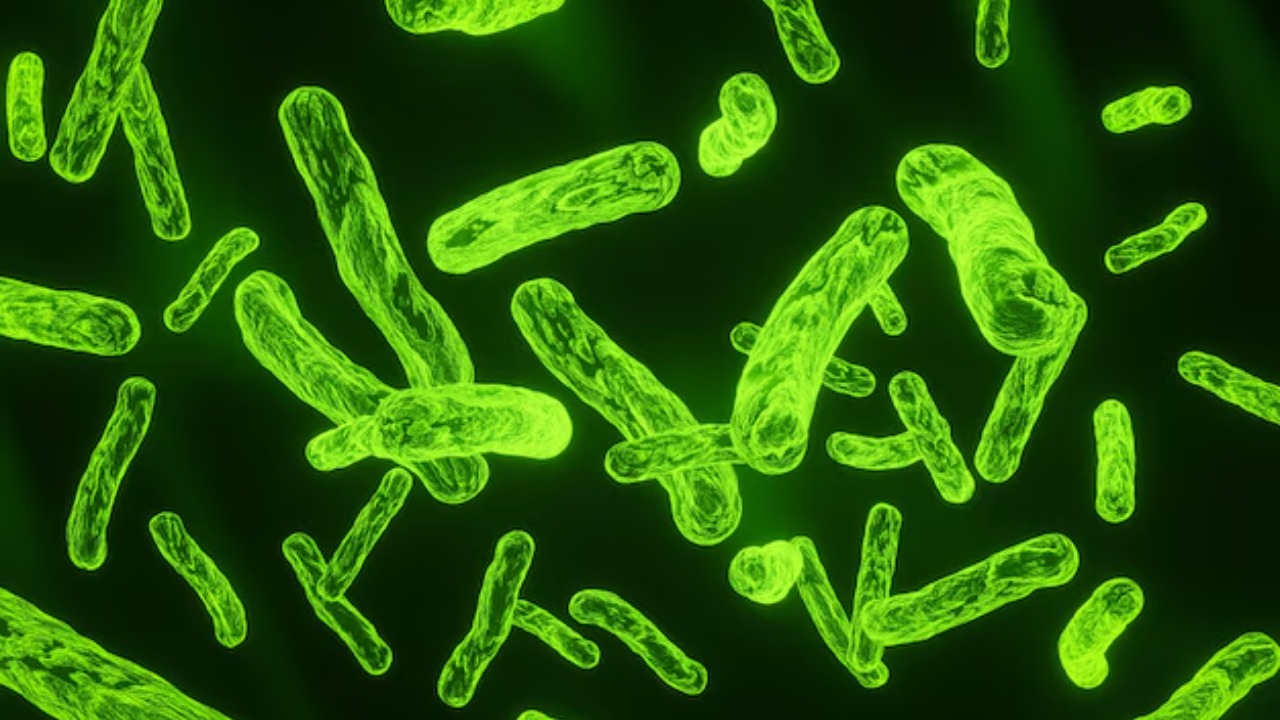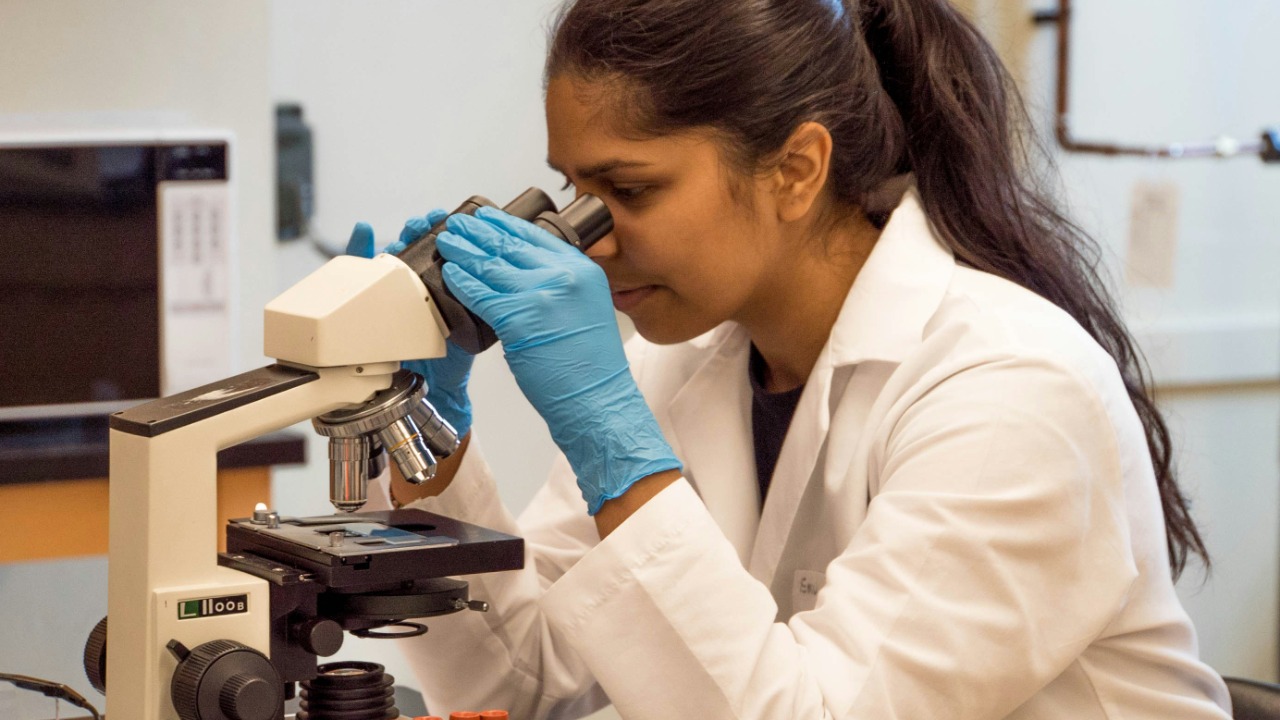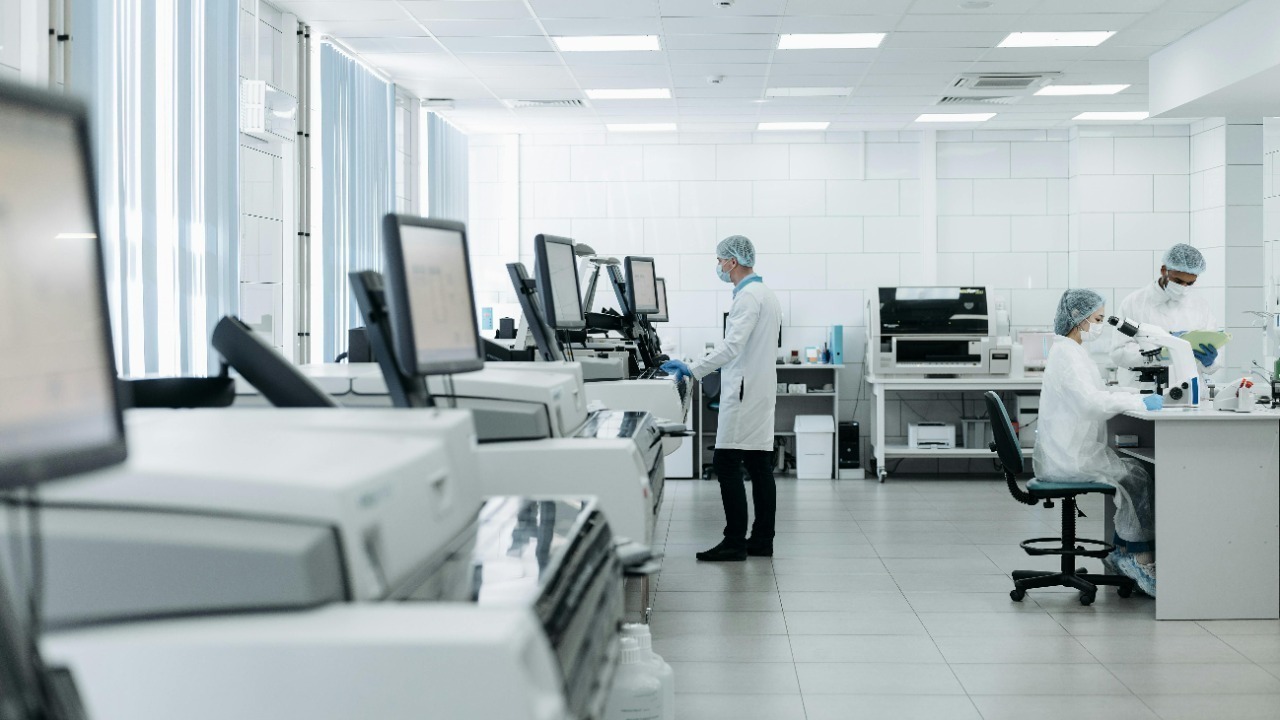
Scientists have recently discovered ancient bacteria preserved in arctic ice, a finding that opens new doors to understanding past climates and ecosystems. This discovery also raises concerns about the potential risks associated with the release of ancient pathogens due to melting ice. We explore the implications of these findings and what they mean for both science and public health.
The Discovery of Ancient Bacteria

The unearthing of ancient bacteria from arctic ice was achieved through meticulous scientific efforts. Researchers identified and extracted these microorganisms by drilling deep into the ice cores, some of which are over a million years old. Using advanced techniques like DNA sequencing and microscopy, scientists studied the genetic makeup and viability of these ancient microorganisms. This discovery not only sheds light on microbial evolution but also offers a unique glimpse into Earth’s history.
By analyzing these bacterial genomes, researchers can reconstruct the environmental conditions of ancient times. The findings suggest that these microorganisms have adapted to extreme conditions, providing insights into how life has persisted through various climatic events. Such information is crucial for understanding the resilience of life on Earth and could potentially inform future studies on climate change and its impact on ecosystems.
Potential Risks and Concerns

The discovery of ancient bacteria is not without its risks. As arctic ice melts due to climate change, there is a growing concern about the release of dormant pathogens. These ancient microorganisms, once isolated from modern ecosystems, could pose significant threats if they become active again. While the likelihood of a global pandemic stemming from these pathogens is uncertain, the potential consequences warrant careful consideration.
To mitigate these risks, researchers and policymakers are exploring various preventive measures. Strategies might include monitoring the release of these bacteria and developing public health policies to address potential outbreaks. Additionally, understanding how environmental changes contribute to the release of these ancient life forms is crucial for developing effective responses.
Scientific Opportunities and Challenges

The study of ancient bacteria presents exciting opportunities for scientific discovery. By examining these microorganisms, scientists can gain valuable insights into past climates and ecosystems, offering clues about how ancient Earth supported life. This research could also have implications for astrobiology, as similar microbial life could exist on planets like Mars. The potential for cross-disciplinary studies between Earth sciences and planetary exploration is vast and compelling.
However, the handling of ancient microorganisms poses ethical and logistical challenges. Scientists must ensure that their research does not inadvertently release harmful pathogens into modern ecosystems. This requires stringent safety protocols and collaboration across international boundaries. As technology advances, researchers will continue to refine their methods, balancing the pursuit of knowledge with the responsibility of protecting public health and the environment.
The Future of Arctic Research

As we look to the future, technological advancements will play a pivotal role in enhancing the study of ancient bacteria. Innovations in extraction and sequencing techniques will enable more detailed analysis of these microorganisms, potentially revealing new insights into their biology and evolution. Global collaboration will be essential in advancing arctic research and addressing the challenges posed by melting ice.
International partnerships will facilitate the sharing of data and resources, fostering a cooperative approach to tackling the potential threats posed by ancient pathogens. Additionally, governments can support scientific research by developing policies that ensure public safety and environmental protection. The continued study of ancient bacteria not only enriches our understanding of Earth’s history but also equips us to face the challenges of a changing world.